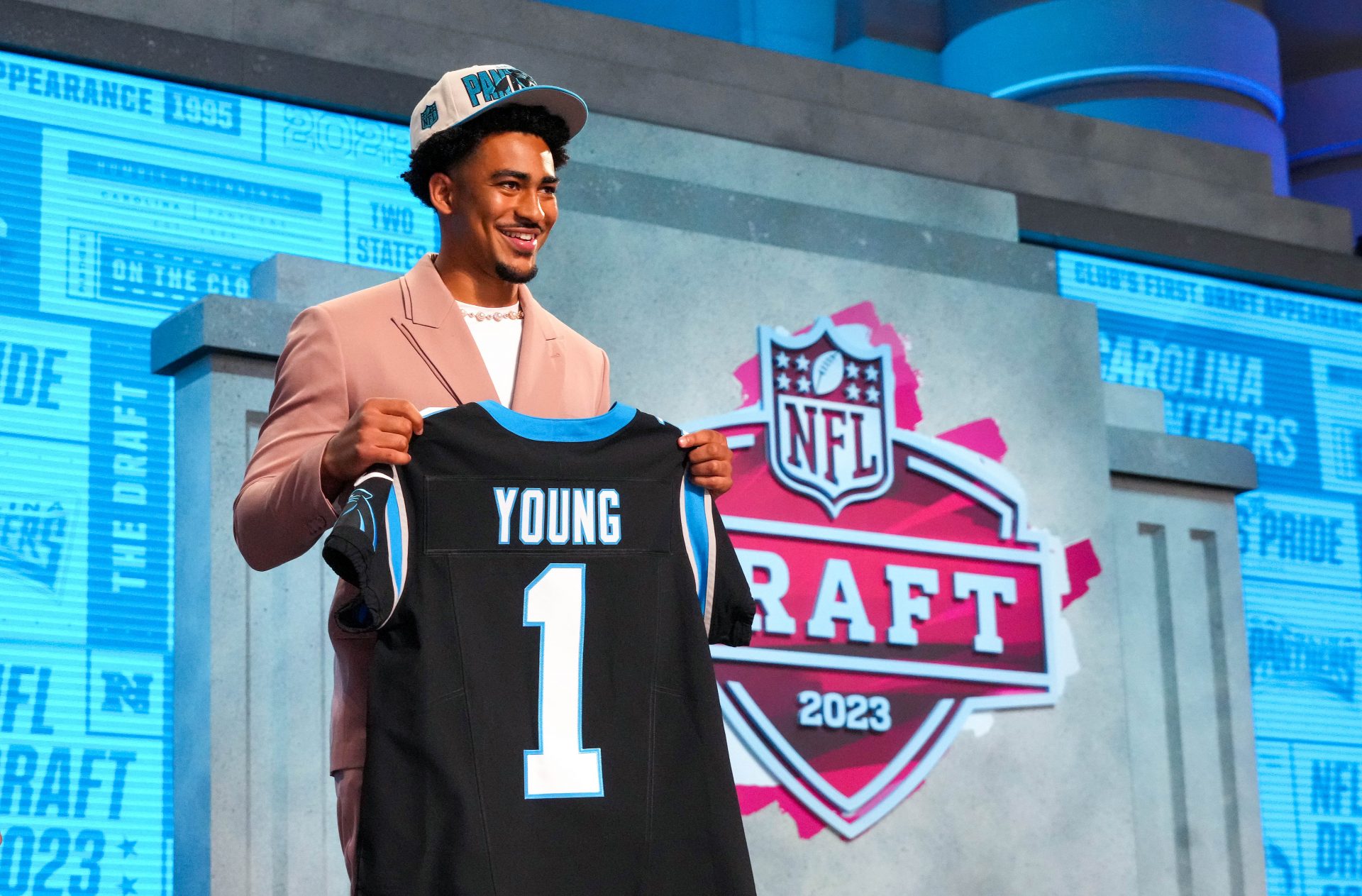There is no greater dream moment for a college football player than to have their name announced in the NFL Draft. But it’s business time as soon as the applause dissolves and the team lid is put on. And it begins with the rookie contract. These contracts might seem simple, but there’s much more happening below the surface than four years and an obscene paycheck.
Let’s get into the nitty-gritty of how NFL rookie contracts function—and why that initial deal is both a gift and a challenge to new pros.

The Fundamentals Rules of Rookie Contract Duration and Terms
According to the NFL Collective Bargaining Agreement (CBA), all drafted rookies are given a four-year contract. Nevertheless, teams that pick players in the first round have a club option for a fifth year. This allows teams to extend that rookie contract before the player reaches free agency—a provision intended to reward teams that draft well and keep costs in check longer.
That fifth-year option can only be invoked following the third season but before the commencement of the fourth. The worth of that fifth year is linked to performance—if an athlete reaches particular milestones (such as Pro Bowl selection), his fifth-year compensation can explode into elite strata.
Undrafted rookies, meanwhile, usually agree to three-year contracts, and their deals are far more variable and bargained for in terms of contract relative to drafted players.
One of the most unusual aspects of rookie contracts is the wage scale—a fixed salary system determined nearly entirely by draft position. That leaves little room for haggling, and deals are predetermined based on a player’s pick number.
Here’s a brief rundown of how that worked out for the top five picks in the 2023 NFL Draft:
1. Bryce Young :
- Team—Carolina Panthers
- 2023 Cap Hit—$6.9 million
- Signing Bonus—$24.6 million
- Contract Total—$37.96 million
2. C.J. Stroud
- Team—Houston Texans
- BonusCap Hit—$6.6 million
- Signing Bonus—$23.4 million
- Contract Total—$36.28 million
3. Will Anderson Jr.
- Team—Houston TBonus
- 2023 Cap Hit—$6.4 million
- Signing Bonus—$22.6 million
- Contract Total—$35.21 million
4. Anthony Richardson
- Team—IndianapBonusColts
- 2023 Cap Hit—$6.2 million
- Signing Bonus—$21.7 million
- Contract Total—$33.99 million
5. Devon Witherspoon
- Team—Seattle SBonusks
- 2023 Cap Hit—$5.8 million
- Signing Bonus—$20.2 million
- Contract Total—$31.86 million
The contracts include guaranteed bonuses, signing bonuses, and base salaries. All first-rounders get fully guaranteed contracts, while later-round picks usually have partially guaranteed deals.
The bonus with a signing is usually the most garish aspect of a rookie contract. Bonus is the immediate cash players receive when they ink a deal. It factors into the cap, but only for the whole contract duration, in terms of salary cap calculations. In the case of Bryce Young’s $24.6 million signing bonus, that’s prorated to approximately $6.15 million per season over a four-year deal.
This format allows teams to handle the cap and provides rookies with some short-term fiscal stability, which is important given the high injury risk in this league.
Can Rookie Contracts Be Renegotiated?
This is where it gets stringent: the contract of rookies cannot be renegotiated until after the third season, even if the player has drastically exceeded their contract. So if a second-round pick becomes a Pro Bowler in year one, they still have to play two more years under their initial, usually humble, contract.
This provision belongs to the CBA to provide stability to salaries and shield teams from dropping big money immediately. For instance, Patrick Mahomes did not get to sign his record-setting extension until after his third year (an MVP and a Super Bowl included).
Do they only give it early on? Performance-based incentives, such as workout bonuses or playing-time escalators, can help players make more.
What Happens After the Rookie Deal?
When players’ rookie contracts end, they become free agents, except if their team exercises the fifth-year option, franchise tag, or re-signs them early. For most players, life-altering money enters the picture in the second contract. For teams, it’s about juggling loyalty, cap space, and future stars.
Teams can also opt for players beyond the end of the rookie contract if the timing and performance are right. But once again, that can only be done after three years.
Rookie deals in the NFL are the linchpin of each team’s roster construction model. They provide affordable talent and enable franchises to invest in growth before making substantial financial commitments. For the players, it’s both a golden chance and a matter of racing against time to establish themselves before that second (and more lucrative) payday comes along.
KEEP READING: 10 of the Biggest Draft-Day Trades in NFL History
Although the contracts appear to be strict, they balance rewarding performance with maintaining league balance. The system keeps rookie expectations realistic and ensures that even the best picks have to perform to secure their future.
The next time you read about a rookie signing for “X million dollars,” keep in mind that beneath the headlines is a masterfully engineered system that allows the NFL’s money machine to keep humming and provides each team with an equal opportunity to succeed.
College Sports Network has you covered with the latest news, analysis, insights, and trending stories in football, men’s basketball, women’s basketball, and baseball!

